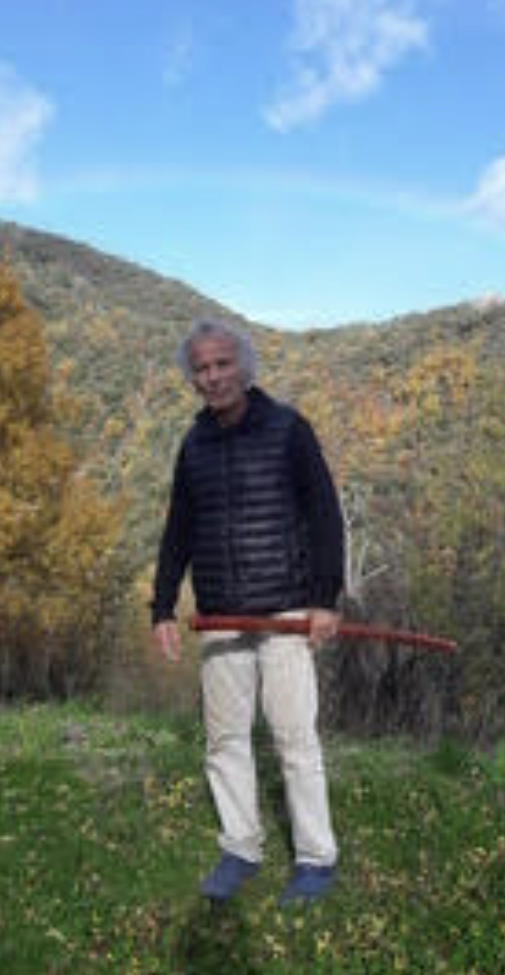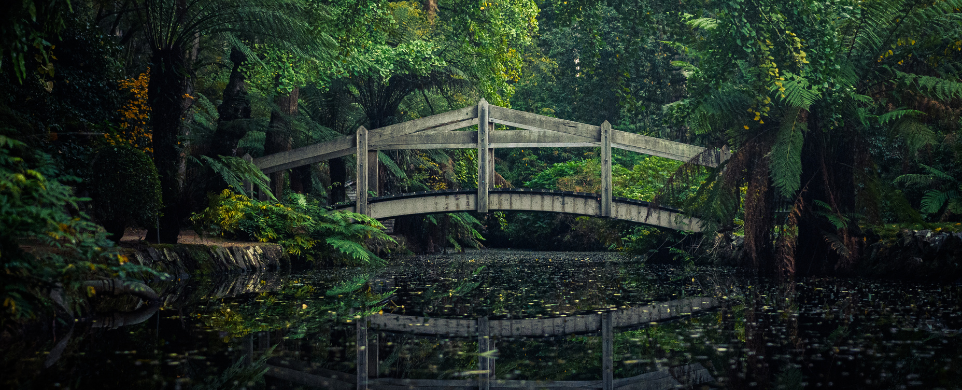by H.F. Ito
edited by Lee Seaman and Tomi Nagai-Rothe
Mourning
A number of people close to me have passed away recently: my wife Nicole’s brother Philippe Beauvois, my friend Jim Cummings who was a business partner with my friend and colleague John Kent – in addition to my cousin in Japan.
Nicole and I started a morning/mourning ritual to remember them and to pray for their souls. We also hope this will help them in their passage out of this life. According to Buddhist tradition, there is a long “tunnel” called the bardo that the soul must travel on its way to Nirvana. It takes 49 days and during that time the soul may become attracted to and side-tracked by episodes related to their karma. This is why relatives and friends pray for 49 days to help the soul emerge from the tunnel without getting stuck. Nicole and I have been doing that for Philippe, Jim and my cousin.

During our ritual we listen to the Dalai Lama chanting the Maha Mrityunajaya Mantra.
16 years ago, I envisioned Eiko Dai cosmology as a Kaiho-kei approach to passing through the bardo. My own fusion of morning mourning is a Yoki-kei approach. I use Master Ma’s Tai Chi warm-up – goboho kenko (五防保健功 – literally “five ways of maintaining your health”) in addition to Yoki-kei Tenshingoso (天真五相).
Yugen
Noh classical Japanese theater is very dramatic, very old, and full of symbolism. In Noh the main character often comes out center stage, and then another character shows up. It reminds me of a person walking in the woods and suddenly meeting a ghost. Usually we think of ghosts as scary, but in this case the main character isn’t frightened at all. The ghost is often someone who has passed away and begins sharing their regrets, so the main character and the ghost end up talking. The ghost shares everything about its life regrets (almost like counseling or psychotherapy) and then it disappears.
Zeami, the founder of Noh, talked a great deal about yugen (幽玄) – a fundamental Noh Theater concept. Yugen means “profound grace and subtlety.” It is one of the three ancient ideals underlying Japanese culture and aesthetics. Zeami said it’s almost impossible for young Noh actors to express yugen on stage: they must reach a certain level of maturity before they understand it. To me the concept of yugen is deeply related to these ghosts in Noh theater. It seems obvious to me now, but I don’t think I could have understood that when I was a young man.
I have often led celebrations of life for Shintaido friends and students who have died including Bill Peterson, Juliette Farkouh, Christophe Bernard, Anne-Marie Grandtner, Joe Zawielski, and John Seaman. When I did those, the feeling was very Kaiho-kei, strongly expressing my ki energy for them. But now when I do the morning mourning ritual, it is Yoki-kei, more resilient and receiving. For me, Yokikei keiko is essentially an expression of yugen.
During our morning rituals Nicole and I often saw Philippe, and just as in the Noh drama, we weren’t frightened. In fact, it seemed very natural. Behind Philippe, we saw Nicole and Philippe’s parents. It felt like time travel – connected to an alternate reality. Rather than frightening, it was a pleasure and a comfort. No separation between this world and the other world.
Epilogue
Shintaido comes from the martial arts and when I was younger, I talked a lot about life and death when I was teaching. But I never actually thought about death being beside me during keiko. It wasn’t until I began to learn diving that I realized how close death is: one tiny mistake can be fatal when you are diving. So that really changed my teaching of Shintaido. I learned to have much more real-time respect for life and death. And though death is scary, it wasn’t like that when Philippe came with his parents. It was more like, “Wow!”
I started my 49-day morning mourning ritual with Philippe’s death, but in the middle of it Jim died, and then my cousin, so the 49-day rituals stacked up and extended out in time.
And now I feel, “Okay, I can keep going with this meditation for those who pass away before me!” Until the end of my life . . .
Acknowledgements – Many thanks to Lee Seaman and Tomi Nagai-Rothe who helped me put these experiences into words.



